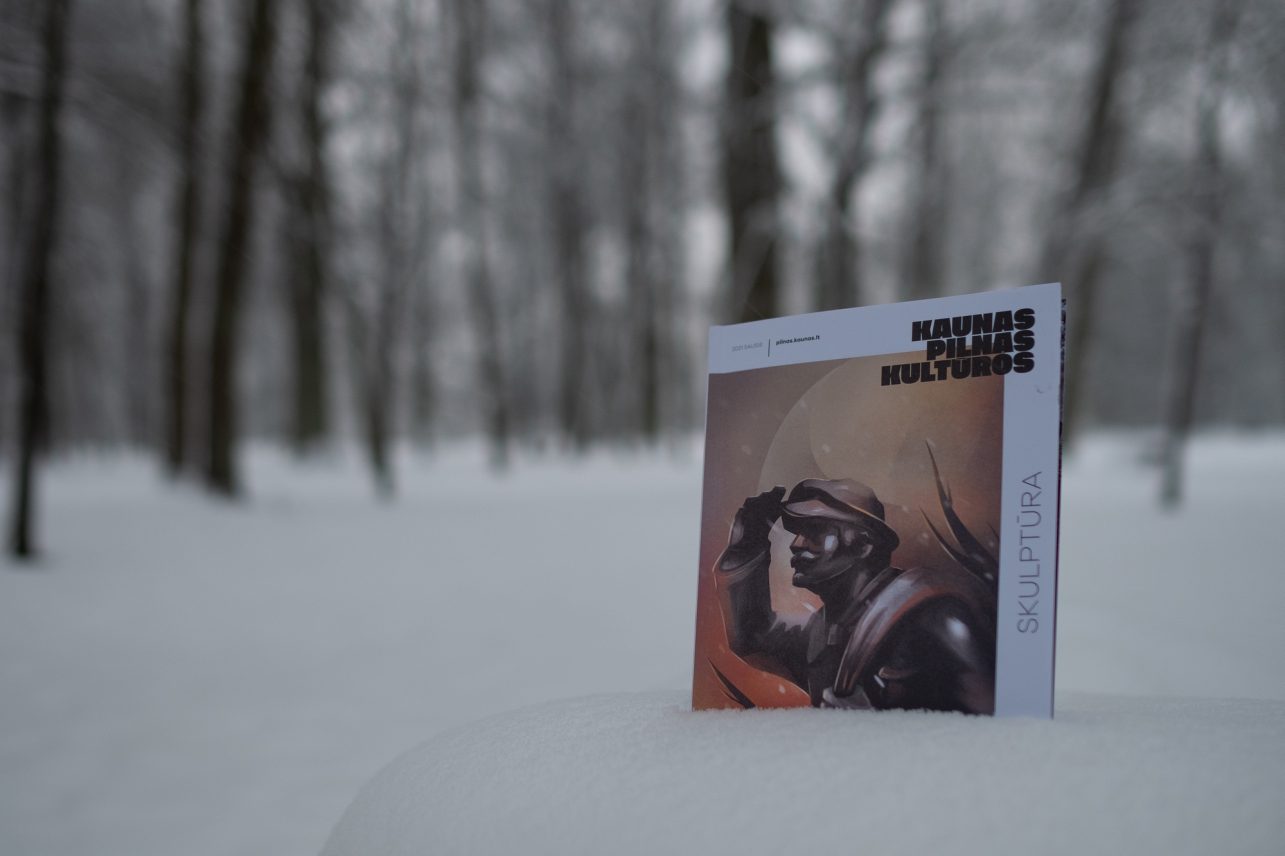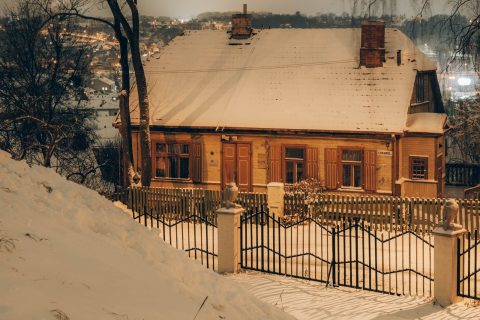What good is a sculpture that doesn’t want to become a monument? A memorial symbol for a person, event, legend, vision. Each city has many such monuments, which are also signs of different eras, however, some epochs are more influential or relevant and thus more visible.What good is a sculpture that doesn’t want to become a monument? A memorial symbol for a person, event, legend, vision. Each city has many such monuments, which are also signs of different eras, however, some epochs are more influential or relevant and thus more visible.

If you are a loyal reader of the magazine, you should remember that more than three years ago, at the beginning of the 11th Kaunas Biennial, we examined the monuments that “hit” the city during it. The topic of the biennial was the (Im)possibility of a Monument. At the time, a temporary memorial to Emma Goldman, who was born in Kaunas, was floating at the confluence of the Nemunas and the Neris, an unexpected highlight to Jurgis Mačiūnas was settled in Sodra office and Lenin was lodged in a small apartment on Laisvės Avenue.
Back then we also interviewed one of the most prominent Kaunas sculptors of today, the winner of the Lithuanian National Culture and Art Prize, Robertas Antinis Jr. “There were two brilliant artists – Alexander Calder, who said that sculpture must be mobile to move with an ever-changing, moving world, and Salvador Dali, who, upon hearing such a statement, replied, “Idiot! On the contrary, the goal of the art is to make you pause.” Both of them are geniuses but with different mindsets,” he then told us. And now it is time to go back and take a look at what changed in three years, and what’s new on the three-dimensional art front.
The occasion is perfect – 2021 is the year of Juozas Zikaras. This year marks the 140th anniversary of this personality – a professor and one of the first professional sculptors in Lithuania. It has also been a hundred years since J. Zikaras created Freedom, one of the most outstanding symbols of Lithuania’s independence. When talking about it this time, we turn to the 11th Kaunas Biennial again and we look at the personality of Juozas Zikaras through the lens of his monumental home.
The new generation of sculpture – whether its legacy will become a monument, will be decided by our children or grandchildren – is represented in this issue by Lukas Šiupšinskas, who has created many highlights in Kaunas, and Džiugas Karalius, who presents himself as an architect/artist. You will also find sculptor Leonas Strioga’s route in Kaunas and Kaunas district (he celebrated his 91st birthday on the 31st of January). The latter, by the way, is where the steampunk movement is being born!
The English version of Kaunas Full of Culture is currently available online at kaunaspilnas.lt/en. Previous editions (before 2021) are archived at Kaunas Artists’ House.




